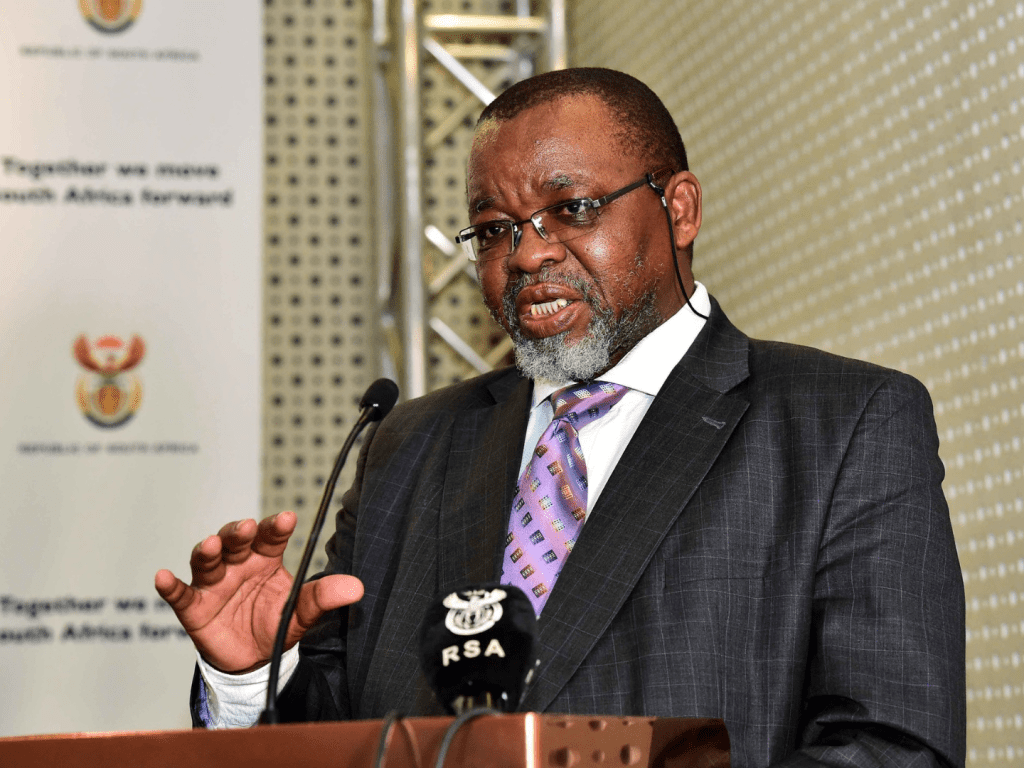The Minerals Council South Africa has welcomed the launch of both the Mineral Resources Development Bill (MRDB) and the Critical Minerals Strategy by the Department of Mineral and Petroleum Resources (DMPR).
The Minerals Council had been engaged twice by the DMPR for a high-level overview of what would be in the MRDB, which amends the Mineral and Petroleum Resources Development Act. It says both documents come at a pivotal time to realise the potential for South Africa’s mining industry and its contribution to economic growth and the energy transition.
“While we had no role in developing the strategy, we assisted the DMPR and Mintek, the country’s national mineral research organisation, in the process of defining what constitutes a critical mineral. We are in the process of reviewing both the Bill and the strategy. It is critical for the growth and sustainability of the mining industry that both encourage investment in exploration, the development of new mines and the long-term sustainability and expansion of mining operations.”
ALSO READ:
Minerals Council: Celebrating female trailblazers in mining sustainability
The DMPR says the approval of the two policy documents marks a major milestone in the country’s concerted efforts aimed at ensuring policy and regulatory certainty, as well as maximising its potential in the global market for minerals. It added that, although every mineral is found to be critical for various reasons, the strategy has identified platinum, manganese, iron ore, coal and chrome ore as high-critical minerals for South Africa based on their criticality informed by indicators including export potential, employment, supply risk, export sales, domestic sales and substitutability. It maintains that this focus ensures that minerals with the highest potential to drive economic and industrial growth are prioritised.

The department also adds that the strategy further identifies mineral commodities such as gold, vanadium, palladium, rhodium and rare earth elements as minerals with moderate to high criticality. While minerals such as copper, cobalt, lithium, graphite, nickel, titanium, phosphate, fluorspar, zirconium, uranium and aluminium are identified as minerals with moderate criticality.
DMPR minister Gwede Mantashe elaborates: “The strategy does not view critical minerals in isolation. Instead they are treated as part of a larger ecosystem that drives essential technologies such as electric vehicles, hydrogen fuel cells, wind turbines, battery storage systems, microelectronics and advanced manufacturing. And to ensure policy and regulatory certainty and enhance investor confidence, the department had reviewed and proposed amendments to the Mineral and Petroleum Resources Development Act, 2002 and, mindful of the fact that a stable legal framework is essential to attract and retain investments, foster inclusive economic growth, and sustainable resource development, the MRDB of 2025 seeks to align mining legislation with evolving policies, economic conditions and global shifts while ensuring that it reflects current industry needs and government priorities.”

